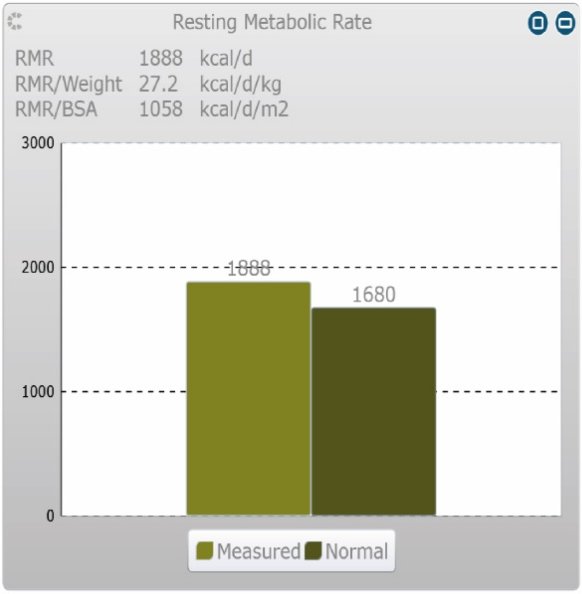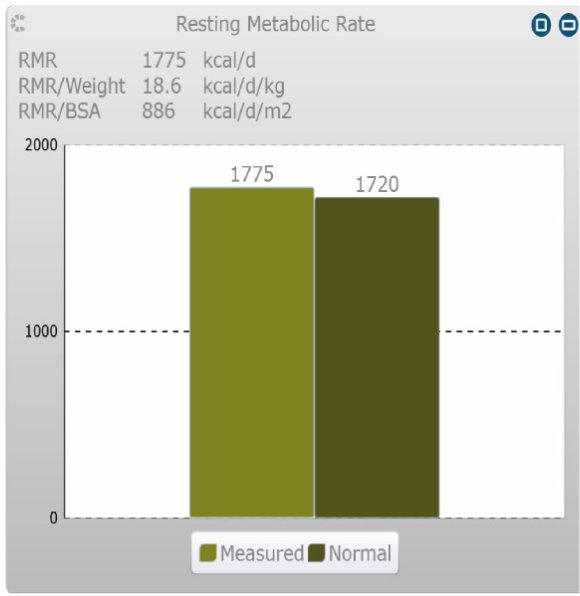All diets based on weight loss no matter what, from slimming world, weight watchers to a successful personal trainer who specialises in weight loss work on a calorie controlled basis, but how accurate is this and should everyone follow a calorie controlled diet.
In this short blog I’m going to go over what we need to be aware of when following a calorie controlled diet.
Calories based on an individual’s needs, take into account how many calories the individual needs to function on a daily basis then adds daily activity and exercise undertaken. Once we know the total amount of calories needed we work out how much protein, fats and carbs the individual needs to either lose weight, whilst retaining as much lean tissue as possible. The percentage of Protein, carbs and fats will also be based on the type of exercise being performed, which again is individual.
There are several formulas to work out an individual’s calorie requirements, the most popular is the Harris Benedict equation, which is what we use for the sample.
The Harris–Benedict equation sprang from a study by James Arthur Harris and Francis Gano Benedict, which was published in 1919 by the Carnegie Institution of Washington in the monograph A Biometric Study of Basal Metabolism in Man. From the date of the study you can already see that the most used formula may need re-visiting to account for modern day life.
Harris-Benedict equation:
For men: RMR = 66.47 + (13.75 x weight in kg) + (5.0 x height in cm) – (6.76 x age in years)
For women: RMR = 655.1 + (9.56 x weight in kg) + (1.85 x height in cm) – (4.68x age in years)
RMR being, the Resting Metabolic Rate, this is the minimum amount of calories needed for your body to function before you’ve done anything.
So for an example we’ll take a 45 year old male,168cm tall, weighing in at 80kg, so his RMR is 66.47 +(13.75x75kg)+(5.003×168)-(6.755×45) = 66.5+914+168+304=1452 kcals, (please note that I have rounded to the nearest whole number)
So 1452kcals is our starting point, we then need to look at our daily activity, the table below summarises this.
| Little to no exercise | Daily kilocalories needed = BMR x 1.2 |
| Light exercise (1–3 days per week) | Daily kilocalories needed = BMR x 1.375 |
| Moderate exercise (3–5 days per week) | Daily kilocalories needed = BMR x 1.55 |
| Heavy exercise (6–7 days per week) | Daily kilocalories needed = BMR x 1.725 |
| Very heavy exercise (twice per day, extra heavy workouts) | Daily kilocalories needed = BMR x 1.9 |
So for our example let’s say the sample male does moderate exercise 3-5 days per week, this then gives us 1452 x 1.55=2250kcals per day. This would be our average intake to stay as we are.
To lose weight we need to eat less than 2250kcals per day on a consistent basis to lose weight, and if we wanted to gain weight, we need more. The recommended is 500kcals per day, this should be around 1lb per week.
Once we know our calorie requirements we then work out our protein, fats and carbs requirements, but that’s for another blog as it’s a subject on its own, and I just want to point out the accuracy of the formula and the effects this can have….
So here’s the interesting part, how accurate is the formula…..
Using a metabolic cart to test your actual calories required gives us an indicator as to how hit and miss the formula can be. The machine can measure the total amount of calories used at rest, so we can compare actual calories your body uses verses the estimated from formulas. The graphs below show you how far out this can be, from this you will see where adjustments.
The machine measures either the amount of oxygen inhale versus the amount you exhale. As fat requires oxygen to metabolise, the less oxygen you exhale, the more fat you utilise at rest. Again, this will be visited in the next blog.
After 10-15minutes on the machine you will have a clearer and more precise calorie calculation.
The next three graphs give a clear indicator of the accuracy of the formula.
From the first graph, light green being actual against the estimated in dark green, its not too bad, only 55 calories difference which, in the grand scheme of things isn’t too far away and wont make much differnce. If we only looked at this graph we would certainly be happy that the formula would give us the results we want, either to gain or lose weight.
Looking at graph no. 2, we can see that the actual RMR is 1888 Kcals versus the formula estimated 1680kcals, this is over 280kcals short per day, so if we went by the formula, we would be looking 280kcals per day, so over 1 week, (7×280), we would be looking at well over 1400kcals per week, if we were looking at losing weight, we’re looking at losing more weight than required. As this was my graph, I can speak from experience and say that once I saw this I knew why I wasn’t gaining the weight I wanted, and also why I was always tired and grumpy.
From the three graphs, this is the one that everyone should take note of. You’ll notice that the actual calories required is 1220kcals compared to the 1549kcals from the formula. This is a difference of 329kcals, so if we drop the kcals to lose weight to 1049kcals we’re only 220kcals per day less than the client actually needs so weight loss will be very slow, less than half-a-pound per week, this was frustrating for the client but once we saw this we adjusted the clients diet and the rest is history.
What I haven’t done yet is retested, this is necessary as we have changed the clients diet and exercise, which would have a massive impact on the results. The client more than would now need more calories due to metabolic changes that happen due to increased exercise and diet change.
Don’t forget we multiply the daily activity by the RMR so the results are exacerbated.
So what do you do if you don’t have access to a metabolic cart? As with everything, if its not working, change it, if its working, don’t change it.
If you’re trying to lose weight and nothing is happening, I advise dropping calories by 100 per day each week, ie, if 1300kcals per day isn’t working, then try 1200kcals per day for 7 days, see what happens and if still nothing aim for a total of 1100kcals per day for a week until weight loss is at required rate, if you’re dropping more weight than 2lbs per week, you probably feel tried and grumpy, I’d suggest increasing your calorie intake, but you must monitor, not just weight but also simple measurements, like your waist, thigh and arm circumference, making sure you measure at the same point each time.
Not gaining weigh quick enough, increase your calories by 100kcals per day I’d recommend 1-2lbs per week, anything more and its more likely to be body fat, so it becomes a vicious circle, gain weight, lose weight, but with very little lean tissue gain. For example, not gaining weight with 2200kcals per day for 7 days, amend to 2800kcals per day for 7 days and re-measure, then make your decisions from there.
Hope this helps, just remember,’ ConsistanceKey’ …..the key to success is being consistent
Kevin Dobson
Kevin has been in the fitness industry for almost a decade. Nutrition is Kevin’s biggest passion, he feels Nutrition has the greatest impact on any training plan, beit weight loss, muscle gain or performance. Having completed a Post Graduate Degree in Sports and Exercise Nutrition, he now feels more equipped and confident in his advice.
Facebook: https://www.facebook.com/BeyondFitness/




